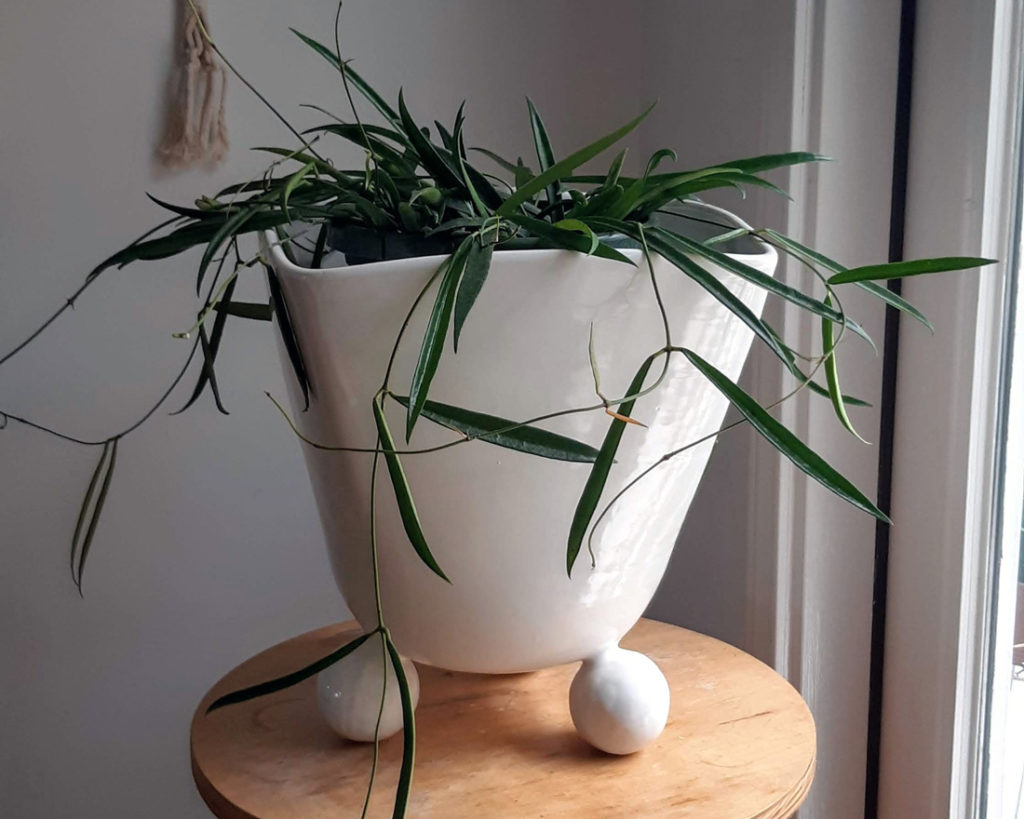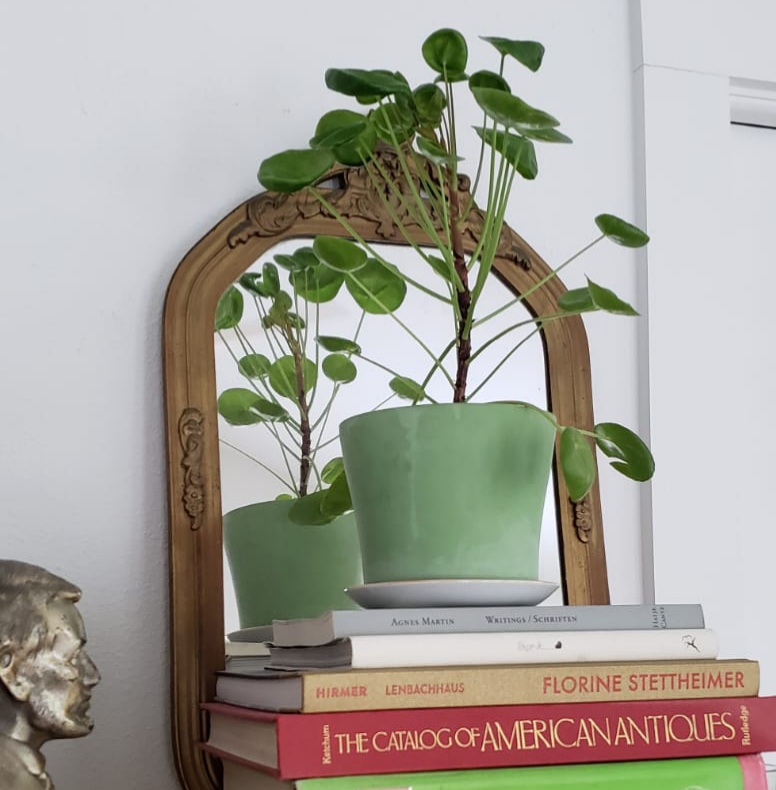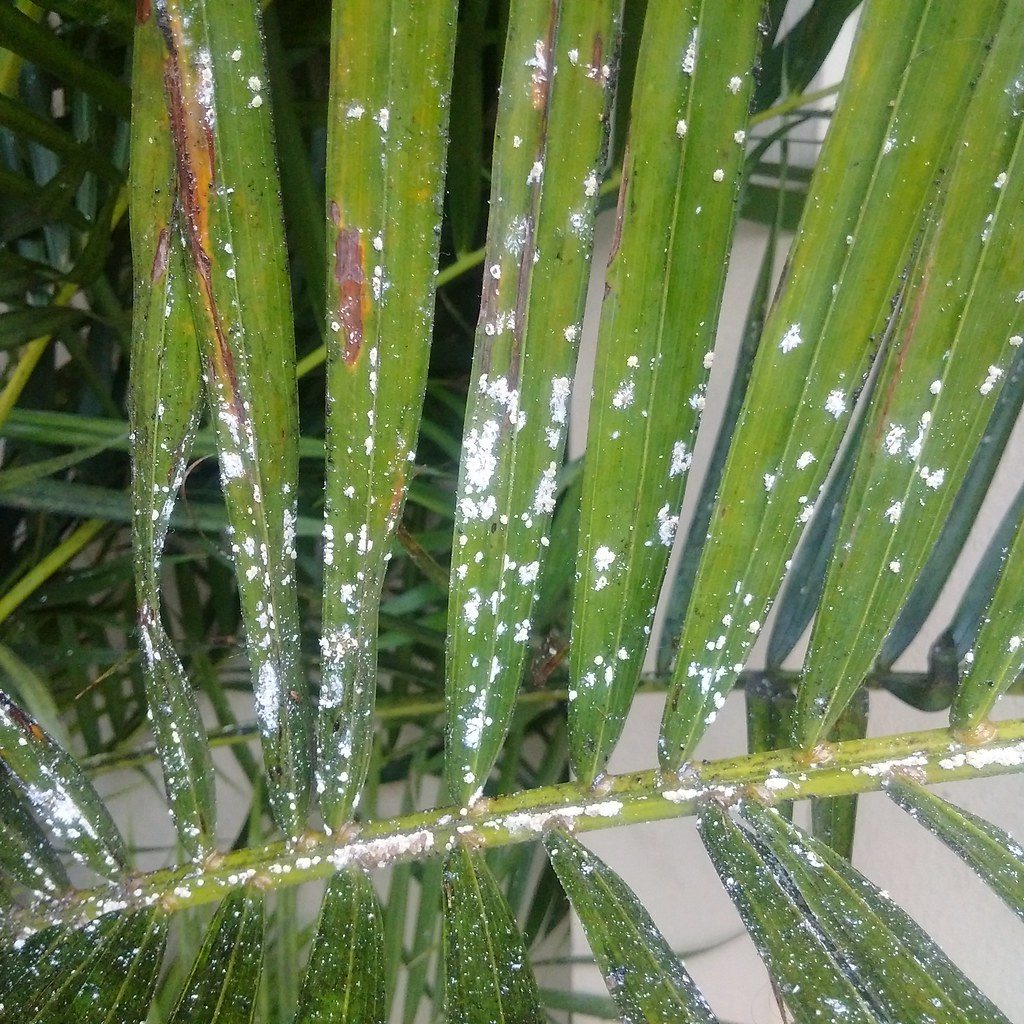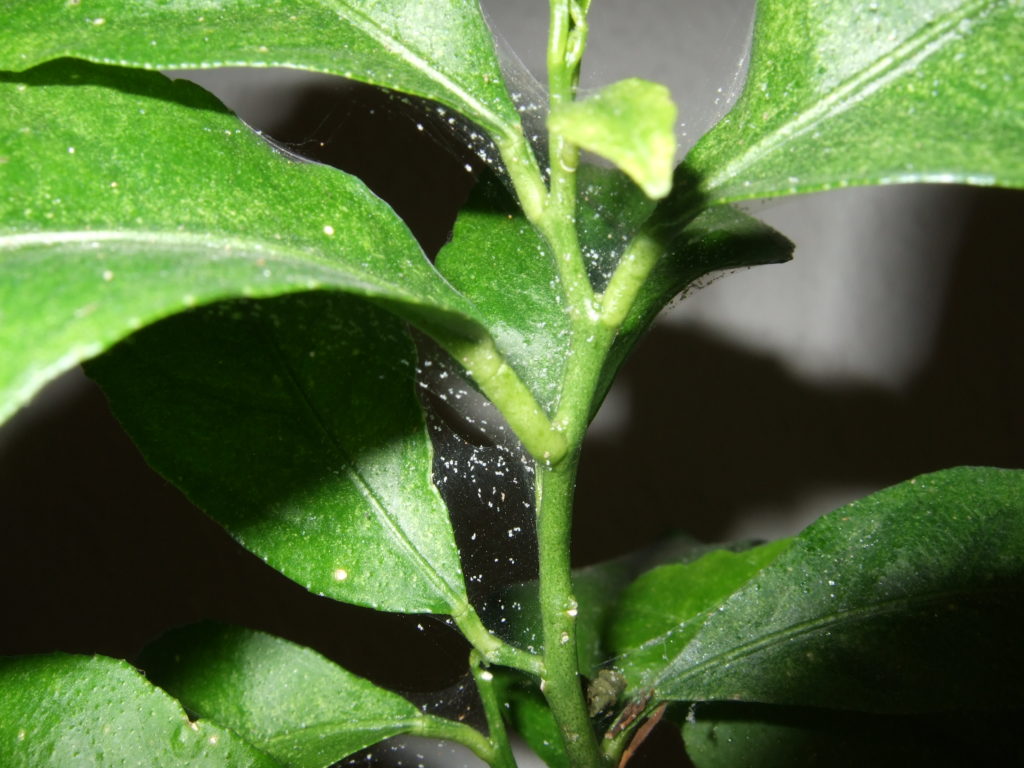If your houseplants are looking more “meh” than marvelous this summer, you’re not alone. Even indoor plants can suffer during the dog days of summer—despite being pampered with filtered sunlight and sweet Spotify playlists. So what gives? Let’s dig into a few sneaky summertime stressors that could be behind houseplant decline—and how to help them bounce back!
1. Heat Stress: It’s Getting Hot in Here

Just because your plants are indoors doesn’t mean they’re immune to the heat. Summer sun streaming through windows can turn your cozy home into a makeshift greenhouse. Even indirect light can become too intense.
What to do:
-
Keep an eye on plants near south- or west-facing windows.
-
Use sheer curtains or move light-sensitive plants like ZZ plants and Ferns a few feet back.
-
Water early in the day and check more often—plants dry out faster in the heat, even though they’re indoors.
2. City Water Blues: Chlorine Is Not Plant Food

Some houseplants are a little… picky. Corpus Christi tap water is treated with chlorine and fluoride—both of which can stress sensitive roots over time. Many houseplants are fine with City water, but others like Calatheas and Peace Lilies can’t handle it very well. Yellowing tips or brown leaf edges could be a clue.
What to do:
-
Let tap water sit out overnight before watering, so chemicals can dissipate.
-
Use filtered, distilled, or rainwater for sensitive plants when possible. An excellent and plentiful source of filtered water in the summer is A/C condensate – find a way to catch it! Here at Gill’s, we use a lot of A/C condensate as well as water collected from dehumidifiers.
3. Too Much A/C = Arctic Tundra Vibes

Speaking of A/C, your plants might not be vibing with your love for cool comfy temps. Sudden drafts, drastic temperature drops, and bone-dry air from constant cooling can seriously mess with their tropical disposition.
What to do:
-
Avoid placing plants directly in the path of vents.
-
Group plants together to boost humidity, or use a small humidifier.
-
Watch for wilting or leaf curl—these could be signs your plant is cold and dry, not necessarily thirsty.
4. Mealybugs: The Cottony Party Crashers

These tiny white fluffballs are a nightmare. Mealybugs hide in leaf joints and suck the sap out of your plants, leaving sticky residue and sad, droopy leaves in their wake.
What to do:
-
Check leaf undersides and stems often. Look for a nasty, cottony mess.
- Isolate affected plants – don’t let mealybugs spread through your whole collection!
-
Spinosad Soap or Neem Oil can be used to kill these pests. Multiple applications may be needed. Thorough coverage is a must, and we recommend spraying once a week for 2-3 weeks to make sure you have killed them all.
5. Spider Mites: The Nearly Invisible Invaders

If your plant leaves are speckled, dusty, or webby, spider mites may have moved in. These tiny arachnids thrive in dry indoor air—yep, another A/C side effect.
What to do:
-
Increase humidity around your plants.
-
Spray leaves (top and bottom) with Spinosad Soap.
-
Wipe down leaves gently and keep monitoring—mites multiply fast. Repeat applications until spider mites are gone.
Give Your Houseplants a Summer Spa Day

Mid-summer is a great time to give your houseplants a little TLC:
-
Dust their leaves so they can breathe (and photosynthesize!) better.
-
Trim off dead or yellowing foliage.
-
Repot if roots are circling or soil is old and compacted. If you notice you’re having to water a lot, it could be a sign that there are more roots in the pot than potting soil – time to repot!
-
Use a moisture meter! Overwatering has killed more houseplants than underwatering. Use a moisture meter to take away the guesswork.
- Fertilize your houseplants with liquid Hasta Gro. It works great and it doesn’t stink…great for indoors!
-
Show some love and speak kind words—the plants swear they can hear you.



Maria A. Banks says
I have runners of dried grass popping in my lawn. Is there a problem and what can I do about it?
Jesse Jenkins says
Hi Maria – it could be normal summer stress, or there could be fungus or pests present. If you bring us a sample of your grass, we can diagnose and help get you what you need.
Tara says
Thanks Gill’s for this informative post however, do you have some advice about a cat who eats EVERY single houseplant that I have? Seriously – my daughter’s cat has eaten every one of them. I have tried everything to keep him off – cotton balls soaked in various substances even sprinkling black & red pepper around the base. The cat is so mischievous that I’ve ended up placing my houseplants outside on the porch where they are now looking so SAD. I have come to the conclusion that I am just not meant to have houseplants which makes my environment look sad.
Any suggestions/tips?
Tara Buffington says
Thanks Gill’s for this informative post however, what is your fix for keeping cats from eating your houseplants? Seriously – my daughter’s cat eats EVERY single houseplant I have to the point that I only have 2 inside and have put the others outside in the brutal heat (they look so sad). I have even tried placing cotton balls around the base of my houseplants soaked in various substances and even sprinkled black/red pepper in the soil – which killed the plants.
I am clueless on what to do? Any tips/suggestions would be greatly appreciated.
Jesse Jenkins says
Hi Tara – that’s a great question, and the answer may depend on the cat! You might try using tin foil. Most cats hate touching/walking on it. I’ve used it to train my cats to stay off certain pieces of furniture and to keep them from drinking the Christmas tree water. Try placing some pieces of tin foil around the plants so they have to walk on it to get to the foliage. Might help them lose interest in the plants, then you could take away the foil. I’ve heard sticky tape can be used the same way. We do carry a cat/dog/rabbit repellant granule that uses cinnamon and thyme oils. It’s labeled for outdoor use, but you might try a small amount.